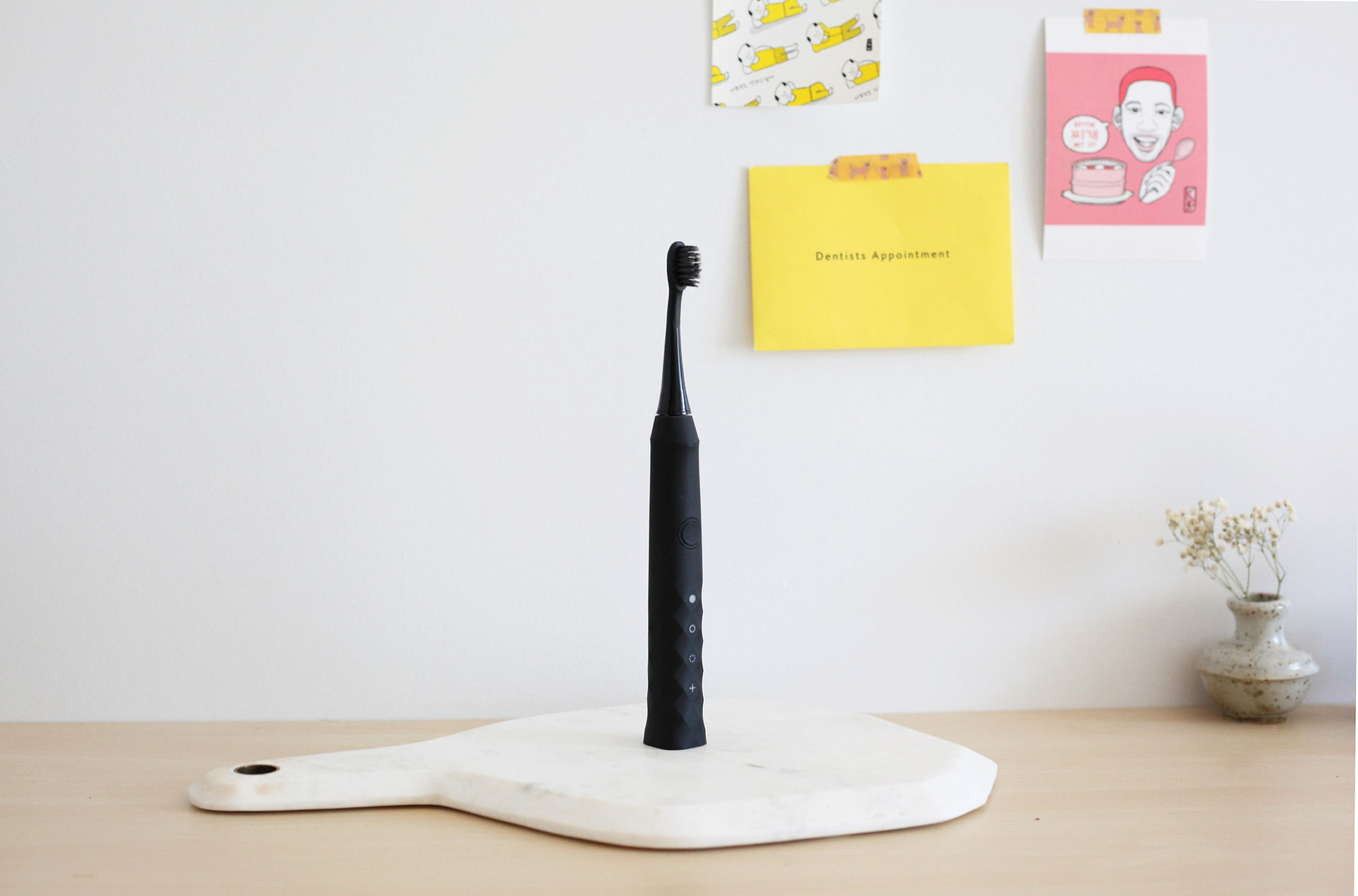AUGMENT REALITY IN DENTISTRY - role of FACE SCAN in smile makeover
- CREST CLINIC

- Jul 20
- 2 min read
Updated: Aug 12

3D face scanning technology has revolutionized our clinical practice, particularly in the area of orthodontic smile correction. By capturing detailed three-dimensional images of a patient’s face, this technology allows us to evaluate facial aesthetics alongside dental scan, leading to a more personalized and effective treatment plan. The integration of face scans enhances diagnostic accuracy, improves communication, and ensures that smile correction aligns with the patient’s overall facial harmony. We, at Peak dentistry, are the first in India to incorporate a professional 3D face scanner into digital smile makeover with orthodontic treatment.
Traditional orthodontic evaluations often relied on two-dimensional photographs, plaster models, and X-rays. While these tools provided valuable information, they were limited in capturing the dynamic and three-dimensional nature of the human face. Face scanning technology overcomes this limitation by creating a digital 3D model that includes the contours, symmetry, and expressions of a patient’s face. This model can be combined with digital dental scans, allowing us to see how teeth, jaws, lips, and facial muscles interact in real life.
One of the most significant advantages of face scanning is its role in smile design (orthodontic treatment of misaligned teeth). A smile is more than just straight teeth. It involves the coordination of dental structures with facial features like the lips, nose, and chin. Face scans help us to evaluate how a corrected smile will appear in the context of the patient’s entire face. This ensures that tooth movements do not only aim for ideal dental alignment but also enhance the patient’s natural appearance.
For example, in cases of severe crowding or spacing, simply aligning the teeth might not result in a pleasing smile if lip support or facial symmetry is not considered. With face scanning, we can simulate various treatment outcomes and choose the plan that offers the best aesthetic balance. This is especially helpful in planning treatments involving extractions, where facial changes are expected.
Face scanning also improves patient communication. By showing patients 3D visualizations of their current smile and predicted treatment outcomes, we can better explain the rationale behind certain recommendations. This helps our patients understand how their appearance will change and increases trust in the treatment process. It also allows patients to provide feedback and express aesthetic preferences before treatment begins.
Moreover, face scanning supports precise monitoring and documentation of progress. Scans can be repeated at different stages of treatment to compare changes in facial structure and smile dynamics over time. This ensures that adjustments can be made as needed, helping to achieve optimal results.
In conclusion, face scanning is a powerful tool that enhances the quality and personalization of orthodontic smile correction. By providing a holistic view of facial and dental anatomy, it helps us deliver results that are not only functionally sound but also aesthetically pleasing. As this technology continues to evolve, its role in orthodontics will only become more central to creating confident, natural-looking smiles.
WATCH HIM WORK: We offer a one-to-one, in-person smile designing, where in you can sit together with Dr. Ashwin and share your aesthetic preferences as he works, live, on the software designing your smile, planning your treatment.





Comments